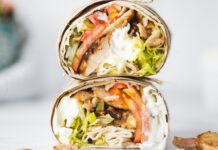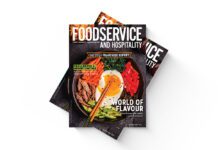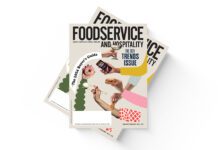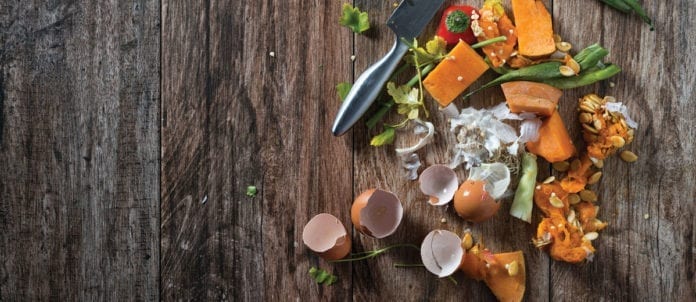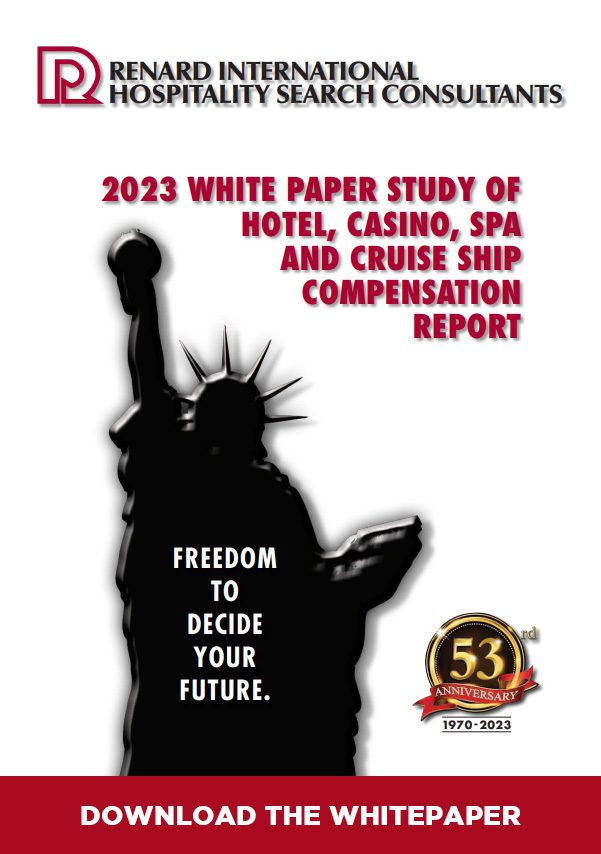CHALLENGE
The role of a great chef,” says Kristian Eligh, executive chef for Vancouver-based Toptable Restaurant Group, “is to be mindful of not only what we’re serving our guests, but what we’re not serving our guests — where that waste is going.”
Such attention is key to solving the current scourge of food wastefulness in this country, the subject of buzzing heaps of data that implicate both consumers and foodservice operators. In mid-January, a study that was the partnered product of the Food and Agricultural Organization (FAO) and Second Harvest declared that more than half of all food produced in Canada is wasted.
The environmental damage from Canada’s food waste is equivalent to the addition of 12 million cars on our roads. And, hotels, restaurants and institutions contribute nine per cent of it.
The study — the first to use front-line, primary data from the entire food-supply chain — identifies root causes, including the food industry’s reluctance to donate safe, edible surplus food, even in spite of existing Good-Samaritan legislation for facilitating donation.
That, says the W. Galen Weston Centre for Food’s general manager, Kelly O’Brien, is because of a breakdown in the distribution chain. “When we have excess foods we don’t want to compost, there’s the question of how to get it to shelters.”
Rick Findlay, CEO of Mississauga, Ont.-based LINCit, which helps clean-tech startups find their feet, agrees. “Part of the reason we’re not further along with food waste is we don’t have the companies up and running that could address it. I see all these wonderful ideas, but unless we can build them and put them into sustainable, wide-scale practice, it won’t happen.”
OPPORTUNITY
Everything Big Wheel Burger serves at its three Victoria, B.C. sites is 100-per-cent compostable — from the food to the napkins, forks, straws and cups. A partnership with Food Eco District sees all the chain’s waste picked up and transformed into compost for the city’s community gardens. Another company collects fryer oil and converts it to biodiesel that powers Big Wheel’s delivery van. “It just makes sense,” says Yann Frizon de Lamotte, Big Wheel’s GM.
Indeed, says James Rilett, vice-president, Central Canada for Restaurants Canada, as do the relationships restaurants have with social enterprises aimed at using food responsibly. Groups such as Second Harvest, Canada’s largest food-rescue operation, and its spinoff, foodrescue.ca, work to get food into the hands of people who can use it. The Ubifood app converts restaurants’ surplus into revenue by hooking operations up with foodie bargain hunters.
Terus is a Toronto-based social enterprise Lucy Cullen launched out of frustration over the loose regard most restaurants give waste management. Her holistic approach considers the placement of kitchen bins, the integrity of the waste hauler and the mindful assignment of waste streams. Anything less, Cullen says, and restaurants are throwing out money.
At Fogo Island Inn in Newfoundland, executive chef Jonathan Gushue works around that by ordering food according to historic data on what guests consume and waste. “We’re small enough that we can remember ordering too much kale or having lemons we didn’t need. It’s important to pay attention.”
Last year, Durham College students were charged with reimagining surplus vegetables — an exercise that gave birth to the zucchini cobbler sold in the school’s pantry outlet and the bistro’s ever-updating “harvest bowl.”
Such innovation is key, says Rebecca Mackenzie, president & CEO of the Toronto-based Culinary Tourism Alliance. “[Chefs] need to assess every ingredient on how it can be used to maximize its value. Look at using it fresh, cooked, dehydrated or fermented. It’s all about menu planning that focuses on ingredients and works with the seasons.”
This year’s Terroir Symposium, being held in Toronto on May 6, will feature a zero-food-waste competition for 10 culinary teams charged with creating dishes whose ingredients would otherwise be trashed.
Frizon de Lamotte calls sustainability and carbon neutrality 100-per-cent viable for foodservice, so long as the priority is in place from day one. “Some restaurants see it as a nice add-on, something to tell their customers. But green needs to be part of daily operations.”
Written by Laura Pratt




![Redberry Restaurants Becomes Canada’s Area Director for Jersey Mike’s Subs Expansion Redberry Jersey Mike’s Subs - Paul Pascal (left), director of Operations, and Stephen Scarrow (right), senior Marketing manager]](https://www.foodserviceandhospitality.com/wp-content/uploads/2024/04/Redberry-Appointments-218x150.jpg)

